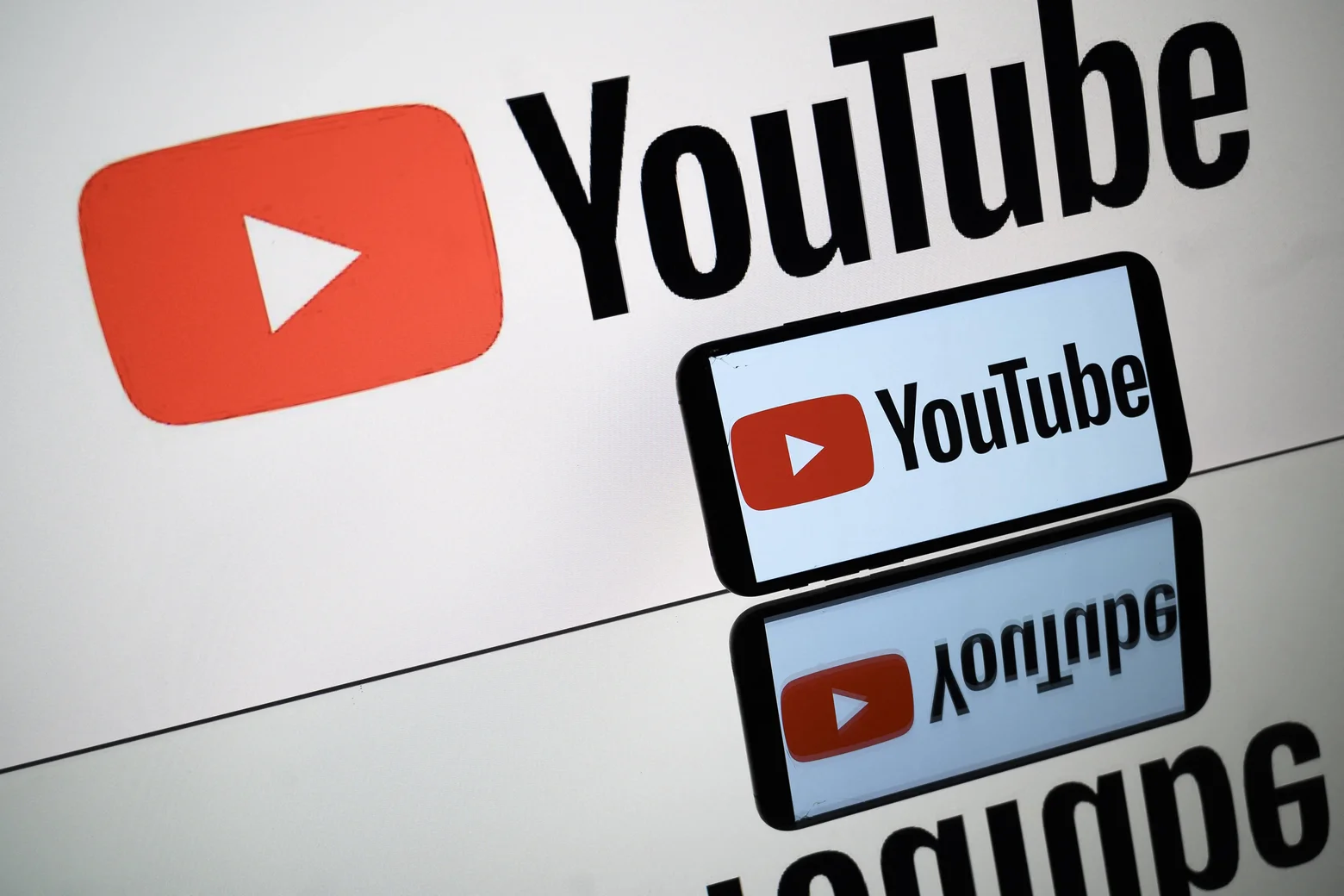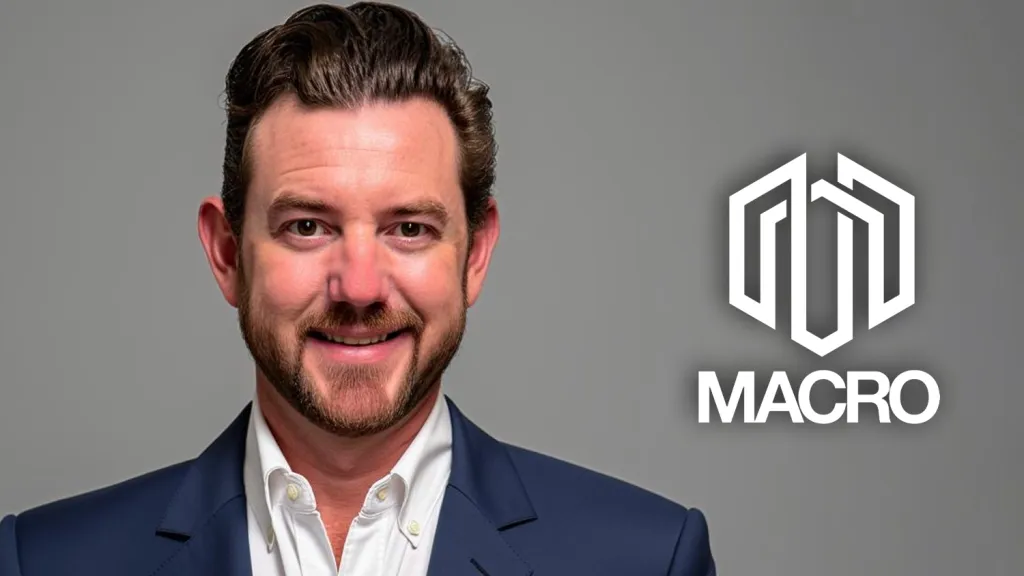Copyright Slate

Sign up for the Slatest to get the most insightful analysis, criticism, and advice out there, delivered to your inbox daily. YouTube TV is the most popular and successful live-TV streaming service, far outpacing its rivals in the cable-as-internet game. But the platform has been waging lots of high-profile, ugly battles with various entertainment giants—and it may be losing once-loyal fans and subscribers as a result. The most recent blowup with Disney has been dragging on for weeks and resulted, on Oct. 31, in a still-ongoing mass blackout of all its channels on YouTube TV (ESPN, ABC, Lifetime, FX, National Geographic, the SEC Network, and many more). If you’re a sports fan, news consumer, sitcom enthusiast, or wilderness lover who happens to pay $82.99 per month for a YouTube TV subscription, you’ve been locked out from the Disney empire for at least a week—with no relief coming anytime soon, according to a Friday executive memo obtained by the Hollywood Reporter. “Unfortunately, we are headed into another sports-packed weekend without a deal in place,” the chairs of ESPN and Disney Entertainment wrote. “Rather than compete on a level playing field, Google’s YouTube TV has approached these negotiations as if it were the only player in the game.” The Athletic added in a Friday report that the two negotiators “remain far apart” on their respective demands, frustrating the YouTube TV viewers who make up “some of the most diehard NFL fans anywhere.” Negotiations continued into the weekend to little avail, and YouTube TV began offering a $20 credit to angry customers as a result. This is yet another terribly public carriage dispute—meaning, a spat over the arrangements where a media company like Disney offers bundles of channels and programming options in licensed sales to various distributors, such as YouTube TV. If that description gives you some déjà vu, that’s completely understandable: The Google-owned streamer alone has been caught up in four other carriage fights this year (three of them occurring since August alone). The timing isn’t necessarily unusual, since many carriage licenses tend to come up for renewal in the late summer/early fall period. What is far more unusual is the extent to which the strategies and tactics around renewal agreements have leaned upon extended, bigger media-based flame wars. (After all, the last time Disney and YouTube had such a ubiquitous carriage fight, in 2021, the ensuing blackout only lasted two days.) In a late-August blog post, YouTube told customers that “Fox is asking for payments that are far higher than what partners with comparable content offerings receive,” making it so Fox properties like the namesake News and Sports channels, as well as the Big Ten Network, might no longer be offered on YouTube TV. (Fox countered that “Google continually exploits its outsized influence by proposing terms that are out of step with the marketplace” and accused the Big Tech giant of failing to work “in a meaningful way.”) The Fox–YouTube flare-up died down quickly. But just after that, TelevisaUnivision, the Mexican American broadcaster, launched a September ad campaign around its own YouTube TV brawl, calling the streamer “discriminatory” for proposing to shift the popular Univision network from the main programing lineup to an exclusively Spanish-language add-on package that cost $15 more for access, in what the company referred to as a “Hispanic tax.” TelevisaUnivision also pointed out its “critical importance to millions of Hispanic Americans, something that has been recognized by every single major content distributor—except Google,” a claim supported by a bipartisan group of Latino members of Congress who weighed in to either urge a deal or attack YouTube directly. Nevertheless, the streaming service claimed Univision’s “performance” on its network did not measure up, and the broadcaster’s dozens of channels have been dropped as of Sept. 30. TelevisaUnivision called the move “tone-deaf and egregious,” adding that the purge just so happened at the end of Hispanic Heritage Month. As it was feuding with Univision, YouTube was also facing off with another especially visible client: NBCUniversal. The Comcast-owned conglomerate accused YouTube TV of undercutting its preferred programming rates, while the Google-owned platform complained it was unfair for NBCU to demand distribution payments that exceed the cost of a Peacock subscription. The stakes were especially high for YouTube thanks to NBCU’s portfolio of live sports (Sunday Night Football, NBA on NBC, the Premier League) and other brand-name live shows (Saturday Night Live, the Peacock-exclusive Love Island). The clash soon bled out into various screens with blaring graphics: 30 Rock’s home city of New York cast warnings about NBCU’s YouTube availability throughout its LinkNYC street kiosks, and YouTube’s official help account on X began responding to myriad users who inquired about the conflict, some of whom threatened to cancel their YouTube TV subscriptions. The two corporations kept up their negotiations beyond the Sept. 30 renewal deadline and finally reached a truce by Oct. 2, with YouTube securing access to all NBC/Versant channels as well as the to-be-launched NBC Sports Network. Although YouTube did not get to absorb Peacock exclusives into its lineup, it managed to avert further complaints from subscribers just in time for early-October appointment viewings, including football, basketball, and SNL. The ongoing Disney war, however, is perhaps the hardest-fought to date. It’s also a knottier one than the others. The House of Mouse has more sports than NBCUniversal, both at the collegiate and professional levels, and it also holds ownership over live-TV streamers like the Hulu With Live TV bundle (which has only half of YouTube TV’s subscriber count). Disney thinks YouTube TV is undervaluing its library, while YouTube TV claims Disney is demanding surcharges that would “raise prices on our customers.” The streamer also adds that Disney is not pricing its offerings fairly, as the entertainment appears to be asking more of the Google-owned network than it has of pay-TV providers Comcast and Charter, which (for now) still have user bases exceeding YouTube TV’s 10 million consumers. YouTube TV has some key players on its side, including the CEO of Sinclair Broadcast Group—who was notably unafraid to flex his affiliate-distribution leverage with ABC and Disney during the Jimmy Kimmel brouhaha. In a Wednesday conference call, he complained that YouTube TV subscribers should still be able to watch local ABC-affiliate channels, referring to this broadcasting power as “an antitrust issue” and adding that he’s spoken with Trump administration regulators. (Indeed, it is likely that the blackout has already caused ABC and ESPN ratings to drop.) But even if YouTube can earn the sympathy of other C-suiters, it appears to be losing the stakeholders who matter most: the paying customers. Once again, YouTube’s help desk is dealing with angry posters on X, with far more messages than it ever had to handle during the NBCU fight. The frustration has been aimed at both sides—but seems to be tipping more toward YouTube. A survey from Drive Research found that 24 percent of respondents have canceled or will cancel their YouTube TV plans; an Athletic poll of 8,000 sports fans found that while the majority of YouTube TV subscribers blamed Disney for the blackout, a similar majority was also considering pulling the plug on Google. DirecTV reported a small lift in subscribers over the weekend as a result of the blackout—which is mighty ironic, considering that Disney and DirecTV had a heated, extended, publicly aired carriage quarrel of their own last year, from which YouTube TV ended up benefiting. Disney’s cutoff of YouTube TV’s users is already forcing them to consider alternative subscriptions, and it clearly is invested enough in the battle to keep it going. If the face-off persists, that may just force enough viewers to pull the plug on Google. Disney will then have weaponized its own overbearing size, in an opportune moment of peak Q4 programming (sports, postelection news developments, holiday specials, for-your-consideration season), to muscle YouTube TV into a desperate concession. But it may not be able to do the same next time around: YouTube TV subscriptions are still on pace to surpass those of Charter and Comcast in just a few years, cementing its market power not just as a livestreamer but as an untouchable force in all of paid TV. The multibillion-dollar Disney may have some power now. But the multitrillion-dollar Google may be able to nullify that soon.



